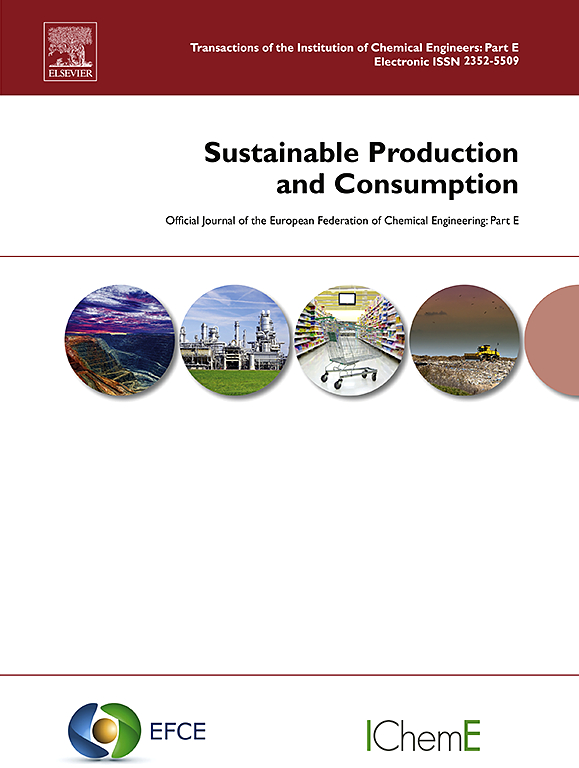Environmental performance of fruiting vegetable production in vertical farms
IF 9.6
1区 环境科学与生态学
Q1 ENVIRONMENTAL STUDIES
引用次数: 0
Abstract
Vertical farm (VF) is hailed as a hope for a sustainable food supply system. Fruiting vegetable production is being incentivized in this industry to diversify the product offerings. However, this production model has yet to receive substantive evaluations on environmental performance. This study conducted experiments and employed life cycle assessment (LCA) to evaluate the environmental performance of tomato production in VF, comparing it with tomato production in high-tech greenhouses and lettuce production in VF. The environmental impact of the global warming potential of tomato production in VF was four times higher than that of tomato production in high-tech greenhouse, standing at 22.87 kg-CO2eq/kg, primarily due to the energy consumption of lighting. In response to this systemic hotspot, this study evaluated the impact of light emitting diode (LED) technology upgrades and energy choices on the environmental performance of this production model. It was found that both LED efficiency and electricity cleanliness are sensitive factors. Considering Japan's carbon neutrality goals, a shift to renewable energy could reduce the environmental impacts of global warming potential and fossil fuel consumption of tomato production in VF by up to 50 %. Combining LED upgrades with renewable energy could reduce the environmental impacts by 60 %, making tomato production in VF competitive with tomato production in high-tech greenhouse and lettuce production in VF in terms of sustainability. This study highlights the potential of technological improvements and cleaner energy to enhance the environmental performance of fruiting vegetable production in VF.
垂直农场果蔬生产的环境绩效
垂直农场(VF)被誉为可持续粮食供应系统的希望。该行业正在鼓励果蔬生产,以使产品供应多样化。但是,这种生产模式尚未得到关于环境绩效的实质性评价。本研究通过试验,采用生命周期评价法(LCA)对VF番茄生产的环境绩效进行评价,并与高科技大棚番茄生产和VF生菜生产进行比较。VF番茄生产的全球变暖潜势对环境的影响是高科技温室番茄生产的四倍,达到22.87 kg- co2当量/kg,主要是由于照明的能源消耗。针对这一系统性热点,本研究评估了发光二极管(LED)技术升级和能源选择对该生产模式环境绩效的影响。研究发现,LED效率和电能清洁度都是敏感因素。考虑到日本的碳中和目标,向可再生能源的转变可以减少全球变暖潜力对环境的影响,以及VF番茄生产的化石燃料消耗高达50%。将LED升级与可再生能源相结合可以减少60%的环境影响,使VF的番茄生产与高科技温室的番茄生产和VF的生菜生产在可持续性方面具有竞争力。这项研究强调了技术改进和清洁能源在提高VF果蔬生产环境绩效方面的潜力。
本文章由计算机程序翻译,如有差异,请以英文原文为准。
求助全文
约1分钟内获得全文
求助全文
来源期刊

Sustainable Production and Consumption
Environmental Science-Environmental Engineering
CiteScore
17.40
自引率
7.40%
发文量
389
审稿时长
13 days
期刊介绍:
Sustainable production and consumption refers to the production and utilization of goods and services in a way that benefits society, is economically viable, and has minimal environmental impact throughout its entire lifespan. Our journal is dedicated to publishing top-notch interdisciplinary research and practical studies in this emerging field. We take a distinctive approach by examining the interplay between technology, consumption patterns, and policy to identify sustainable solutions for both production and consumption systems.
 求助内容:
求助内容: 应助结果提醒方式:
应助结果提醒方式:


